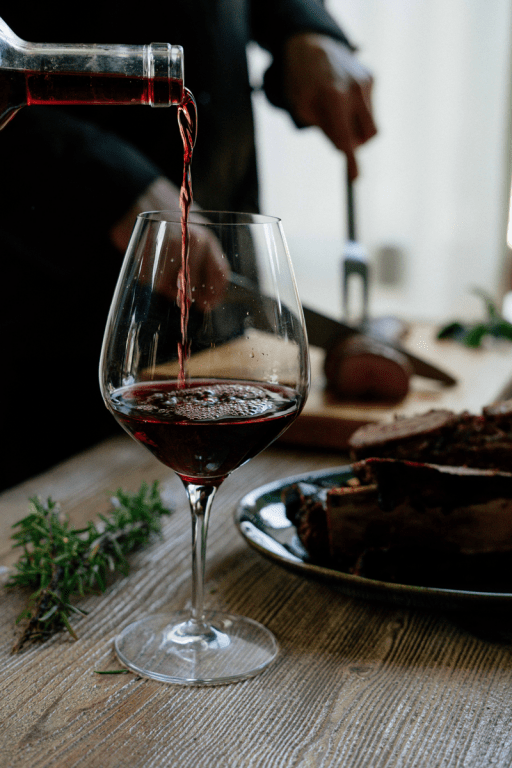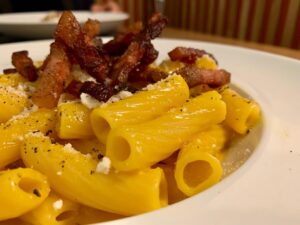Most of you will know it as “The Roman Christmas”, let’s find out the origins and traditions releted to this Roman holiday.
In ancient times called Dies romana, or even known with the name Romaia, this typical Roman holiday is celebrated April 21st. Oh yeah, we are talking about the famous Roman Christmas, secular feast connected to the foundation of Rome.
Why this date?

According to the legend, that was narrated by Varro, Romulus would have founded the magnificent city of Rome exactly the April 21st, 753 B.C.. This date was chosen thanks to astrological calculations of a certain mathematician and philosopher of the first century BC known as Lucio Taruzio Firmano, a friend of Varro and Cicero. The experts say that the Latin phrase “Ad Urbe condita”, which means “from the foundation of the City”, comes from this date and it was used to beat time.
When did they start to celebrate?
Rome’s birthday became an important element of propaganda during the imperial age since Emperor Claudius, who took part, in 47, at the eight hundredth anniversary of the founding of Rome with Ludi Saeculares, games that involved sacrifices and other theatrical performances.
When the empire became Christian, this holiday lost its civic meaning, and took on a symbolic one. It was establishing the celebration of San Cesareo deacon and martyr.
When the Roman Emperor downfall, the Natale di Roma lost its importance and was abandoned as holiday, which was recovered during Risorgimento era.
It was Mussolini, in 1921, who proclaimed the Roman Christmas, official holiday during the Fascist regime, changing the Labor Day from May 1st to April 21st. Only in 1945 both the holidays had their original meaning, so May 1st as Labor Day and April 21st as Dies Romana.
Okay, let’s talk about serious things: what was eaten in Ancient Rome?
In Ancient Rome, nutrition was based on foods that ensured body health, and they were characterized by simplicity and instant availability. Only when Romans came into contact with different cultures and more civilized, they discovered new foods and begun discovering new tastes.
However, at the beginning Romans used to split their nutrition in three meals per day: breakfast (ientaculum), lunch (prandium) and dinner (cena). The most plentiful meal was for sure evening meal, in fact both the ientaculum and the prandium weren’t so nutrient and sometimes one or the other were abolished. One thing was a MUST in every meals: the seasoning. They used to season all kind of food with a sauce called garum, that was made with fermented fish, and it was poured in drops on different kind of dishes.
Let’s have a look on a typical Ancient Romans meal…
They started from the famous starter, called gustacium, small portions of olives, roman cheese (today called pecorino) or a frittata made with quail eggs, milk and pepper. Then, there are the main dishes, lamb or pork. During the banquet, there were always dried fruits such as figs, nuts, almonds, or raisin, all kind of foods appreciated at that time because energy food.
And the wine?
We can’t talk about real wine because it arrives on Roman tables later, but at that time they drunk something similar, a very diluted wine or wine mixed with vinegar and water. So, to drink something good we have to wait a few more year!
For sure the diet of every Romans changed according to the economic availability. Slave have no idea how much patricians can eat!
But we want to present a “popular” recipe, the famous spelt polenta called Plus, that can be a good alternative to the more common one with corn.
.

Spelt polenta for 4 to 6 people

- 1 l vegetal broth
- 250 gr of whole spelt flour
- Grated pecorino a.r.
Make the vegetal broth boiling, pour the spelt flour and mixed with energy for at least 10 minutes, season to taste. Pour the polenta in a sufficiently high baking tray or in an ovenproof dish, cover it with a lot of pecorino cheese and make it brown it in a hot oven for at least 5 minutes When you see a delicious crust the Puls recipe is done.
If you prefer you can also leave the puls more liquid and dressing it with a meat sauce.










